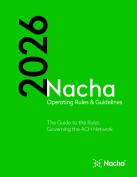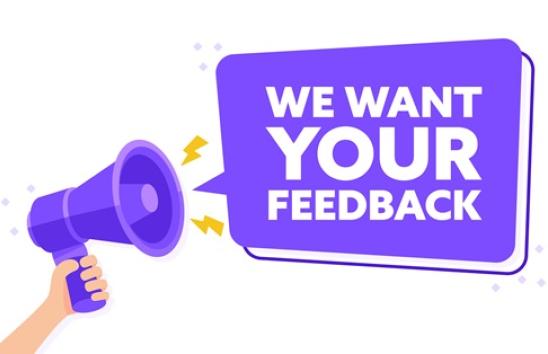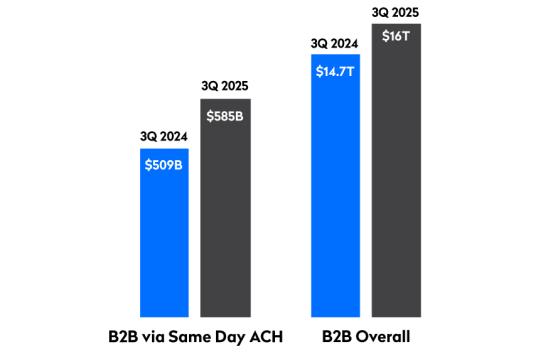A Checklist Approach to Payment Initiation
Author

In more than 1,000 landings as a naval aviator, I never once made a gear-up landing. I didn’t take any chances: I used a checklist to prepare for every landing. The checklist was necessary not because lowering the landing gear is difficult to remember. It was necessary because any task—even an important one—is easy to forget.
A cockpit checklist is almost cliché. We probably even consider the use of checklists to be a defining characteristic of a cockpit environment. But aviation is not the only field in which people use checklists to perform important tasks.
Dr. Atul Gawande is a surgeon who has written books based on the practice of medicine that provide useful lessons on risk management more broadly. His book, "The Checklist Manifesto," offers compelling evidence on how simple checklists cut down on critical errors. Errors in payment processing seldom cost lives the way medical errors might, but they can be as costly as a lost or damaged aircraft. To reduce costly errors, the checklist concept has great applicability for payments.
A checklist approach to payments could help Originators comply with rules and regulations, avoid errors, and reduce fraud. A basic electronic payment checklist might include 10 steps.
Electronic Payment Checklist:
- Authenticate the requestor.
- Confirm validity of authorization.
- Verify account number of receiver.
- Verify routing number of receiver.
- Confirm effective date of transaction.
- Confirm payment-related information.
- Confirm sufficient funds in funding account.
- Obtain internal approval for transaction.
- Initiate transaction.
- Confirm transaction.
Although I compiled this list with ACH in mind, it could apply to a wire transfer or other push payment. Some of the steps are required by rule or law, while others are necessary to route the transaction appropriately. When any step goes wrong, the error decreases the efficiency of the payment process. It can even cause a transaction to be misrouted, possibly without opportunity for recovery. The checklist offers a low-cost guide that can provide value to a financial institution’s payment initiation customers while increasing the quality of transactions the institution receives from its customers.
The last steps in the Electronic Payment Checklist are particularly important. They constitute a traditional fraud mitigation activity called “dual control.” Originally designed to thwart internal fraud, dual control has a renewed relevance in an age of identity theft, imposter fraud, and business email compromise.
Financial institutions should consider sharing an Electronic Payment Checklist with customers who initiate payments. The checklist need not include the exact steps listed in the example. These steps merely provide a starting point for customizing a checklist to fit a particular need. The usefulness of a checklist derives from the fact that creating an electronic transaction involves a series of steps. Any step can be missed. Consistent use of a checklist may help payment initiators to ensure each transaction complies with rules, is free of errors, and reaches the intended recipient. In the world of payments, these are the elements of a smooth landing.








